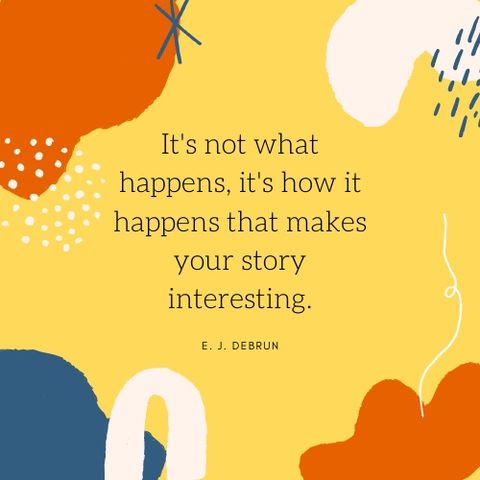Storytelling for Animation, Screenwriting, and Novels

Download and listen anywhere
Download your favorite episodes and enjoy them, wherever you are! Sign up or log in now to access offline listening.
Description
Subjects covered Writer EJ DeBrun has experience in animation, screenwriting, and novels. Asked about the similarities between writing novels and screenplays, EJ replied that the similarities are simple: there are...
show moreInformation
| Author | SF Writers Conference |
| Organization | SF Writers Conference |
| Website | - |
| Tags |
Copyright 2024 - Spreaker Inc. an iHeartMedia Company

Comments